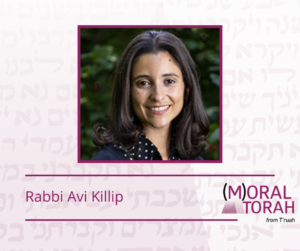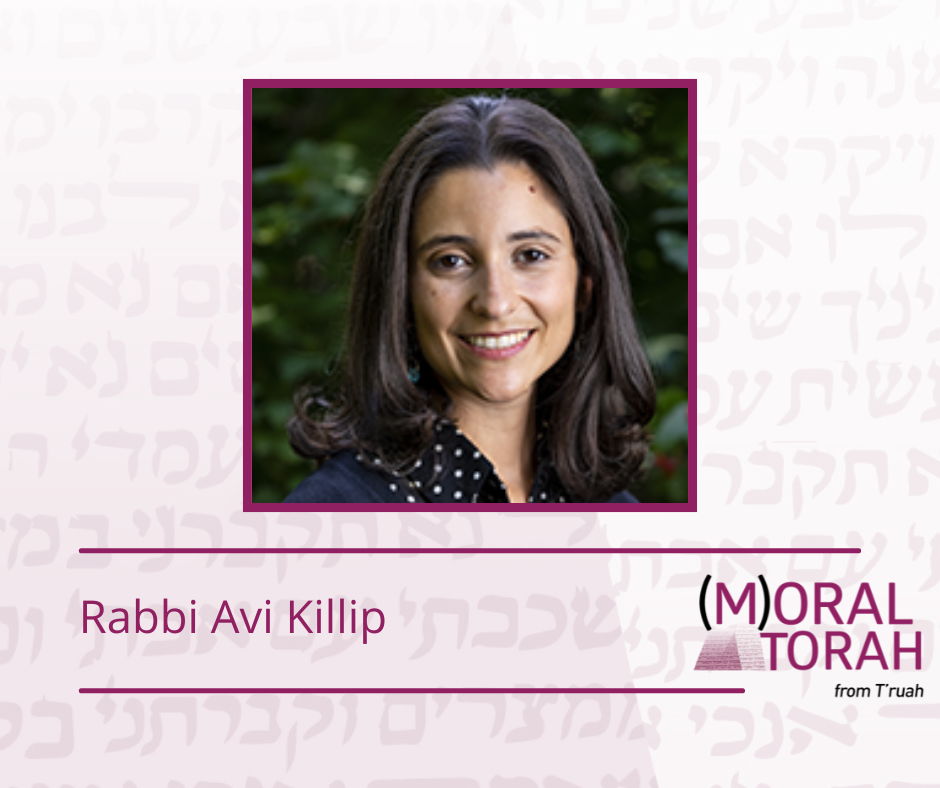A D’var Torah for Sukkot by Rabbi Avi Killip
Growing up, my next door neighbor was an artist. She was a musician, painter, gardener — a very creative woman. I remember one morning when she came over with a tray of incredible cookies. The cookies were in the shape of a house — but not just any house, they were in the shape of our house, down to the shutters and flower pots. But even more amazing was that when we lifted the cookie, under each one was another, smaller cookie. “It’s the hut,” she told us, “the one you build every year behind your house.” Not only had she made a cookie version of our house, she had recreated, with each cookie, the sukkah that appeared each year behind our house. Now, years later, I wonder what drew my non-Jewish neighbor to the image of the sukkah. What did this artist find so compelling that led her to this project?
My neighbor’s attraction to the sukkah highlights for me the sukkah’s dual power, as both a particular and a universal symbol. On the one hand, the sukkah is particular to Jews. We were the only house on that street that had a hut in our backyard. Building a sukkah in Georgia made a public statement that we are Jews — that we are different.
And yet, the sukkah drew us closer to our Christian neighbor because it was a ritual she could see and ask us about. We told her that the sukkah is part of a harvest holiday that reminds us to be grateful for our blessings. We explained that while being thankful for our abundance, we are also reminded that we can leave our possessions and material goods in the house and dwell in the sukkah with only our most valued and meaningful blessings — our family, our friends, and our heritage. These were universal concepts that my artistic, sensitive neighbor could relate to and share with us.
Sign up to receive (M)oral Torah in your inbox each week.
Sukkot provided the opportunity for us to discuss the symbols and values of the holiday — and of our religion — because of the public nature of the mitzvah. Only because she saw the sukkah did she know to ask. The mitzvah of Sukkot pushes us outside of our homes and into the world. The value of being a part of the bigger world is reflected in the structure itself. The permeable walls of the sukkah provide a structure that holds us, without isolating us from our surroundings. If it is raining, we know it. The boundaries give an emotional feeling of safety while requiring us to experience the cold, heat, and wind of the outside world.
In the haftarah read on Sukkot, the prophet Zechariah shares a unique vision for the end of days. After a long battle over Jerusalem, all of the nations of the world will unite to crown God king; God will forgive everyone; and then, finally, all of the nations of the world will come together with God to celebrate Sukkot.
According to Zechariah, in the end of time, when there is ultimate oneness in the world, everyone will make the Sukkot pilgrimage. Now, if we were to choose one universal holiday for the entire world, we might pick Rosh Hashanah — the birthday of the world — or maybe even Passover, with its universal themes of freedom and redemption. But Zechariah tells us Sukkot is the universal holiday.
The haftarah presents, on a global scale, a pattern that we play out each year as Jews through our holiday cycle. On Rosh Hashanah, we come together to crown God as Sovereign. On Yom Kippur, we are forgiven. And only then, on Sukkot, do we find peace with God — but even more than peace, we find joy.
Find more commentaries on Sukkot.
Sukkot, as a moment of joy with God, is an essential last step of the process of divine judgment and forgiveness. Sukkot is the healing ointment that God applies to the wounds of self-judgment we inflicted on the high holidays. Zechariah envisions a universal Sukkot to celebrate the peace and joy that follow after a universal day of judgment and forgiveness, and we celebrate our particularly Jewish annual Sukkot to acknowledge the annual process of judgment and forgiveness.
The Torah describes Sukkot as “Z’man Simchatenu” —the time of our joy. This joy is not random. We don’t manifest happiness just because the calendar says so. The placement of Sukkot as a way to emerge from the teshuvah (repentance) process gives us a reason for real joy. The process of forgiveness — particular or global — would not be complete without this final holiday of joy. And our joy would not be as meaningful without the hard work of teshuvah.
 As we work to build a more just world, may we also find and share joy. This year, as we sit in the sukkah — feeling the particularity of our religion — may we also contemplate the universal need for shared peace and joy. May our sukkot bring us closer to our neighbors as we invite them into our ritual world, and may we share in Zechariah’s dream for universal peace and oneness with God — an idea which we have incorporated into our daily Aleinu prayer: “And the ETERNAL shall become Ruler over all the earth; on that day the ETERNAL will be one, and God’s name one.”
As we work to build a more just world, may we also find and share joy. This year, as we sit in the sukkah — feeling the particularity of our religion — may we also contemplate the universal need for shared peace and joy. May our sukkot bring us closer to our neighbors as we invite them into our ritual world, and may we share in Zechariah’s dream for universal peace and oneness with God — an idea which we have incorporated into our daily Aleinu prayer: “And the ETERNAL shall become Ruler over all the earth; on that day the ETERNAL will be one, and God’s name one.”
Rabbi Avi Killip is Executive Vice President at Hadar, where she teaches on the faculty and hosts the Responsa Radio podcast. Avi lives in Riverdale, NY, where she will be enjoying Sukkot with her family and neighbors in their apartment building’s shared sukkah.

